Photobiomodulation (PBM)
Photobiomodulation Defined
(PBM)
What Is
Photobiomodulation?
Photobiomodulation (PBM), also sometimes called red light therapy, is a treatment that delivers specific wavelengths of light to trigger biochemical changes within cells. This method is non-invasive, and involves exposing the cells of the body to light that can be absorbed by mitochondria, restoring cellular energy metabolism. PBM also improves blood flow and oxygen delivery, and triggers cell repair signals. In the brain, it provides therapeutic and protective benefits by increasing blood flow and synaptic plasticity, and decreasing neuroinflammation.
Light therapy can also refer to the process of using visible white or blue light to regulate mood and circadian rhythms. While both therapies utilize light, PBM focuses on deep tissue and cellular responses, whereas light therapy targets systemic or surface-level conditions.
What Does PBM Treat?
PBM therapy is commonly used for a variety of physical conditions, focusing especially on relieving pain, healing tissue, and reducing inflammation. These healing properties are also under investigation for their potential use in reducing the cognitive degeneration found in Alzheimer’s patients.
PBM Mechanism of Action
PBM uses either visible red or near-infrared (NIR) light to stimulate cellular repair and regeneration in damaged or degenerating tissue. The photons of these specific wavelengths can be absorbed by mitochondria—the power generators of cells. This absorption leads to the production of more Adenosine Triphosphate (ATP), the fuel for powering the brain, reduction in oxidative stress, and release of growth factors, which can have various therapeutic effects.
Is PBM FDA Approved?
The FDA has approved photobiomodulation (PBM) therapy for various conditions, primarily focusing on pain relief, healing, and inflammation:
Pain Management: PBM is approved for the relief of muscle and joint pain, including pain related to arthritis. It helps reduce stiffness and increases blood circulation to the affected areas.
Inflammation Reduction: The therapy is used to decrease inflammation, which is helpful in various conditions, including post-surgical inflammation.
Wound Healing: PBM can accelerate the healing of wounds, which is beneficial in both post-operative recovery and chronic wound management.
Oral Mucositis: It is specifically approved for the treatment of oral mucositis, which is a common side effect of chemotherapy and radiation therapy in cancer patients.
Aesthetic Uses: PBM is also used in dermatology and cosmetic treatments for skin rejuvenation, reducing acne, and enhancing the healing of burns.
Hair Growth: The therapy has been approved for stimulating hair growth in individuals with androgenetic alopecia.
PBM devices are conducting trials to gain FDA approval for Alzheimer’s treatment, but are currently still classified as “experimental”.
Can PBM Treat Alzheimer’s?
Studies on photobiomodulation for mild to moderately severe Alzheimer’s cases are ongoing. It has been found to significantly improve cognition and daily functions, although the benefits have not been found to linger after terminating use. The exact biological processes of its effects on Alzheimer’s are not thoroughly understood, but it shows promise as a viable treatment option.
-
Photobiomodulation can deliver red or near-infrared light through transcranial or intranasal methods, meaning devices can directly target areas crucial for cognition, memory, and executive function. However, due to the way hair and bone interfere with and diffuse the light, targets are limited by their position within the skull.
Targets vary across studies, but include:
Prefrontal Cortex / Dorsolateral Prefrontal Cortex (DLPFC), which is involved in working memory and attention
Default Mode Network (DMN), which is involved in memory consolidation
Temporal Lobes (including Medial Temporal and Hippocampal regions), which are involved in memory encoding and retrieval. These are too deep for the light to penetrate directly, models suggest indirect benefits from diffused light.
-
The exact mechanisms are still being studied, but photobiomodulation has been found to decrease tau tangles, amyloid-beta plaques, and ROS production, while increasing mitochondrial function and synaptic connections. These have the combined effects of reducing inflammation and neuronal death while promoting cell regeneration and repair. However, some studies found that this improvement is dependent on continued use, and reverses if treatment is stopped.
-
Clinical trials are ongoing, but suggest significant improvement in cognitive and functional abilities in patients with mild to moderately severe Alzheimer’s. It is considered safe, but quick reversals upon stopping treatment in some trials indicate that it may only be an alleviation of symptoms.
How does PBM compare to TEMT-RF?
Photobiomodulation (PBM) and Transcranial Electromagnetic Treatment with Radio Frequencies (TEMT-RF) can be viewed as complementary rather than directly competitive technologies, as they target similar conditions through different mechanisms and physiological effects. The differences suggest that they could be used in various combinations and enhance overall treatment outcomes.
TEMT-RF uses ultra-high frequency radio waves to modulate brain function and cellular activity delivered through a non-invasive wearable headset.
Photobiomodulation (PBM) uses red or near infrared light to stimulate mitochondrial activity and reduce inflammation delivered through external, wearable, or internasal devices.
Learn more about Photobiomodulation
Photobiomodulation Products
VieLight Inc., Vielight Neuro™ Alpha, Gamma, Duo, Vagus, and MIP-810 NIR product lines
LightStim, Lightstim ProPanel and LED Bed
Neuronic, Neuradiant 1070 Helmet
GembaRed LLC, GembaRed Red Light Therapy Panels
Mito Red Light Inc., MitoMIND™ 810nm Helmet and Mito Red Light Therapy Devices
Platinum LED Holdings LLC, BIO and BIOMAX Series Therapy Lights
Red Therapy Company LLC, RedRush Light Therapy Devices
Advanced Biotechnologies LLC (ABT), BioCharger® NG
iRestore (Freedom Laser Therapy Inc.), iRestore Elite Hair Growth Device
Photobiomodulation Research
Infrared Photomodulation Therapy for Seasonal Affective Disorder
Use of Infrared Photomodulation for Hormonal Balance (Joovvin' for Hormonal Health)
Effect of Whole-body Photobiomodulation on Muscular Performance Enhancement. (WBPME)
EEG Biofeedback to Improve Memory in Adults With Dementia (QMFFTD)
Efficacy of 1072nm Infrared Stimulation on Executive Functioning in Dementia
Photobiomodulation With Polarized Light as Adjunctive Treatment in Diabetic Foot Ulcer
Brain Vascular and Neurocognitive Health
(COMPLETED) Impact of Photobiomodulation (PBM) on Biomarkers of Alzheimer's Disease (PBMbiomarker)
The Revitalize Study in Older Adults at Risk for Alzheimer's Disease
External links are provided for reference only and do not imply affiliation, endorsement, or recommendation by NeuroEM Therapeutics. NeuroEM is not responsible for the content, accuracy, or claims made on external sites. All trademarks and copyrights are the property of their respective owners.

